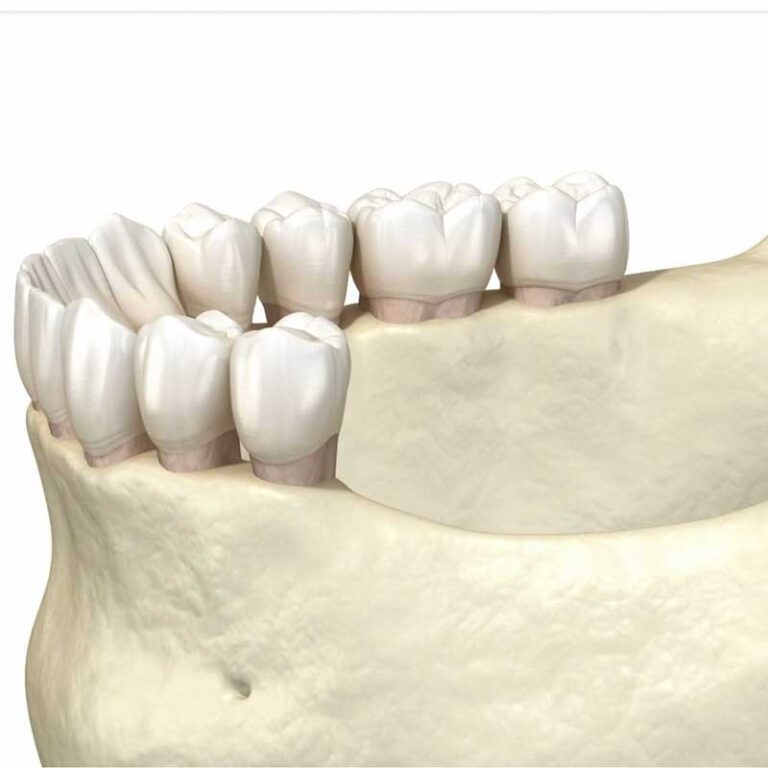Ridge Augmentation NYC
Jaw Bone & Gum Restoration Surgery In Midtown Manhattan
Ridge augmentation is a crucial dental procedure typically performed after tooth extraction. This technique is designed to restore the natural contours of the gums and jaw, which might be lost due to bone loss from the extraction or other causes.
The Need for Ridge Augmentation
The jaw’s alveolar ridge, or the bone surrounding the roots of the teeth, is left with an empty socket after a tooth is removed. While this socket often heals naturally, filling with bone and tissue, complications can arise. If the bone surrounding the socket is damaged, it might not heal independently, causing the previous height and width of the socket to deteriorate.
Reconstructing the original dimensions of the alveolar ridge may be essential for several reasons:
- Dental Implants: Implants require sufficient bone to support their structure, and a ridge augmentation can provide the necessary bone reconstruction.
- Aesthetic Purposes: To maintain the aesthetic appearance of the gums and jawline, restoring the ridge’s height and width can be crucial.
What Can I Expect During Ridge Augmentation?

The process of ridge augmentation involves:
- Placement of Bone Graft Material: Immediately after a tooth is removed, bone graft material is placed into the tooth socket. This timely action helps avoid the necessity for a subsequent procedure.
- Securing the Graft: The gum tissue is then draped over the socket and secured with sutures to promote healing.
- Use of Space-Maintaining Products: To enhance new bone growth, a space-maintaining product may be placed over the graft.
How is the Recovery After Ridge Augmentation?

Depending upon the size of the defect that requires reconstruction, this surgery usually causes only mild to moderate postoperative pain and swelling. In most cases chewing in the area of the bone graft will be altered for a period of time postoperatively to ensure proper healing. Normal yet careful oral hygiene should be maintained, especially on the teeth adjacent to the surgical site.
Followup at one week postop is common. Depending on the extent of grafting performed, final healing is usually complete at 3-6 months, at which time a CT scan will be taken to evaluate the healing and the new volume of bone.